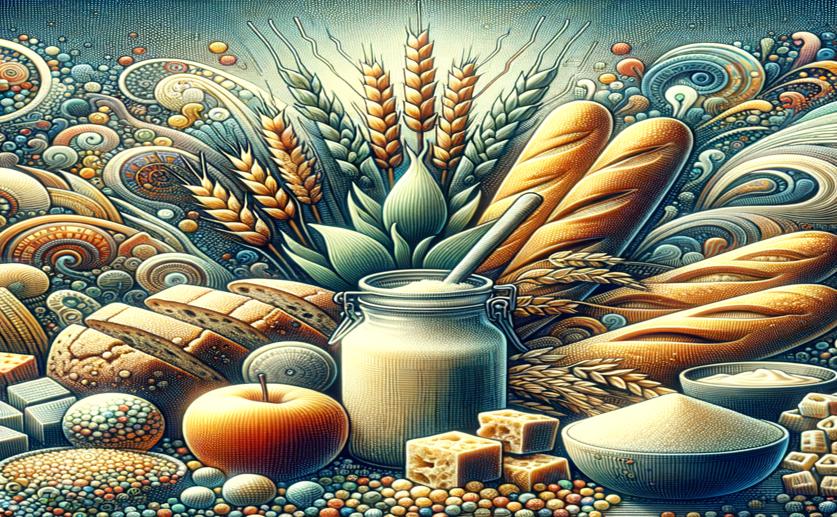
How Guar Gum Affects the Properties and Digestion of Processed Starches
Jim Crocker
17th June, 2024

Image Source: Natural Science News, 2024
Key Findings
- Researchers at Zhejiang University of Technology found that adding guar gum (GG) to starch and using extrusion changes the starch's structure
- The combination of GG and extrusion makes starch granules more cohesive and irregular, enhancing their gelatinization properties
- GG addition increases slow-digestible and resistant starch levels, leading to a slower glucose release and lower glycemic index
- The effects of GG and extrusion vary by starch type, with sweet potato starch showing the most health benefits
References
Main Study
1) Effect of guar gum on the physicochemical properties and in vitro digestive characteristics of extruded starches.
Published 14th June, 2024
https://doi.org/10.1016/j.ijbiomac.2024.133176
Related Studies
2) Impacts of guar and xanthan gums on pasting and gel properties of high-amylose corn starches.
3) Effect of partially hydrolyzed guar gum on pasting, thermo-mechanical and rheological properties of wheat dough.
4) Viscosity of gums in vitro and their ability to reduce postprandial hyperglycemia in normal subjects.
Journal: Brazilian journal of medical and biological research = Revista brasileira de pesquisas medicas e biologicas, Issue: Vol 30, Issue 12, Dec 1997



 2nd June, 2024 | Jenn Hoskins
2nd June, 2024 | Jenn Hoskins